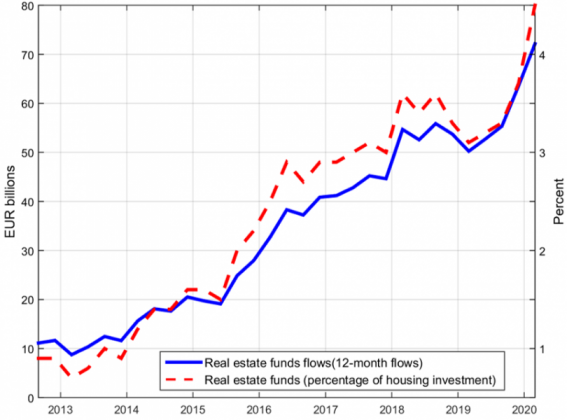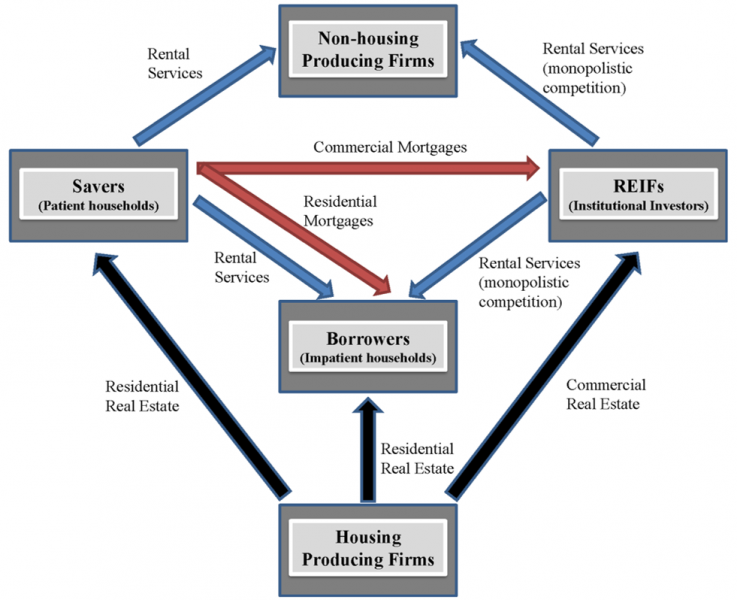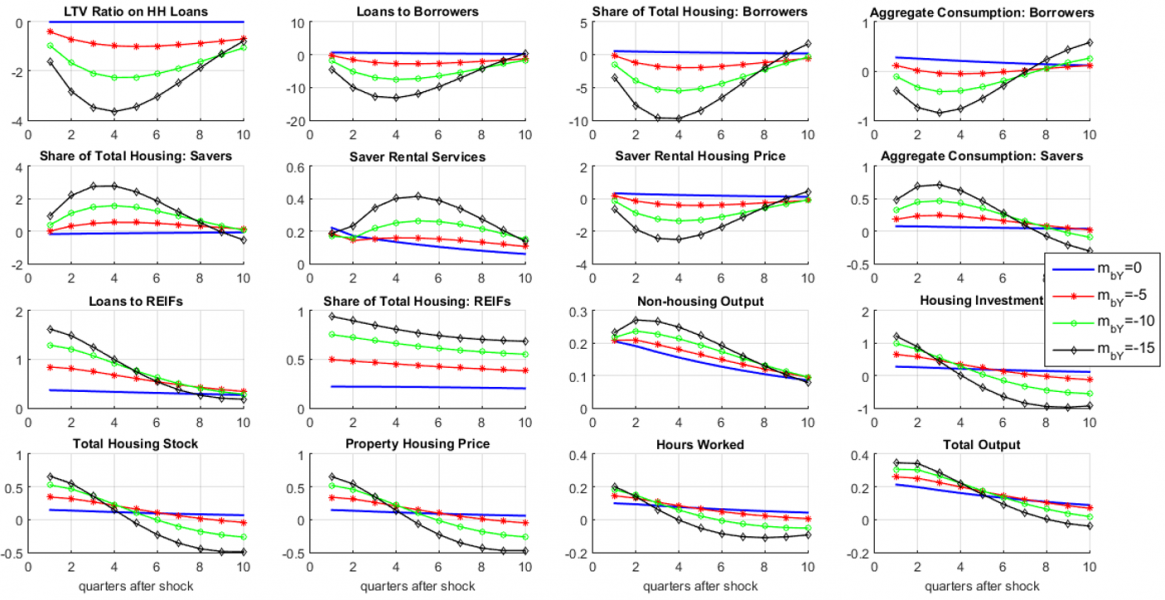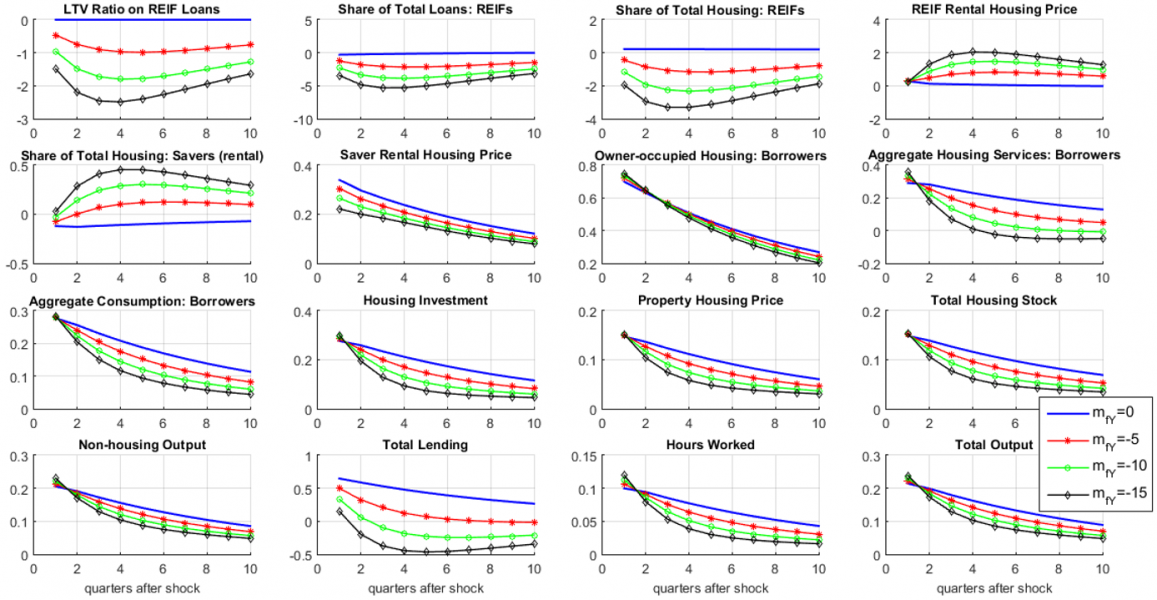References
Battistini, N, Le Roux, J, Roma, M, and J Vourdas, (2018). “The state of the housing market in the euro area“, ECB Economic Bulletin Articles, 7.
Central Bank of Ireland (2022). “The Central Bank’s macroprudential framework for Irish property funds.” report, Central Bank of Ireland.
Daly, P, Moloney, K, and S Myers (2021). “Property funds and the Irish commercial real estate market.” Financial Stability Notes 1/FS/21, Central Bank of Ireland.
Daly, P., (2022). “Institutional Investment in Housing: Financialisation 2.0 in the Case of Ireland.” mimeo.
European Central Bank (2020). “Financial stability review, May 2020”. European Central Bank.
Gete, P, and M Reher, (2018), “Mortgage Supply and Housing Rents“, The Review of Financial Studies, 31 (12), 4884-4911.
Hoesli, M, Milcheva, S, and S Moss, (2017), “Is Financial Regulation Good or Bad for Real Estate Companies? – An Event Study“, The Journal of Real Estate Finance and Economics, 5 (1/2), 1 – 39.
Lambertini, L., Mendicino, C., and Punzi, M. T. (2013). “Leaning against boom–bust cycles in credit and housing prices.” Journal of Economic Dynamics and Control, 37(8):1500–1522
Lambie-Hanson, L, Li, W, and M Slonkosky, (2019), “Institutional Investors and the U.S. Housing Recovery“, Working Papers 19-45, Federal Reserve Bank of Philadelphia.
Mills, J., Molloy, R., and R Zarutskie, (2019). “Large-scale buy-to-rent investors in the single-family housing market: The emergence of a new asset class”, Real Estate Economics, 47(2):399–430.
Molestina Vivar, L, Wedow, M, and C Weistroffer, (2020) “Burned by leverage? Flows and fragility in bond mutual funds“, ECB Working Paper Series 2413.
Muñoz, M. A. (2020). “Institutional real estate investors, leverage, and macroprudential regulation”, VoxEU. org, 14 November.
Muñoz, M. A. (2021). “Rethinking capital regulation: The case for a dividend prudential target.” International Journal of Central Banking, 17(3):271–336.
Muñoz, M A and F Smets, (2022). “Macroprudential policy and the role of institutional investors in housing markets,” ESRB Working Paper Series 137, European Systemic Risk Board.
van der Veer, K, Levels, A, Lambert, C, Molestina Vivar, L, Weistroffer, C, Chaudron, R, and R de Sousa van Stralen, (2017), “Developing Macroprudential Policy for Alternative Investment Funds“, ECB Occasional Paper Series 202.








